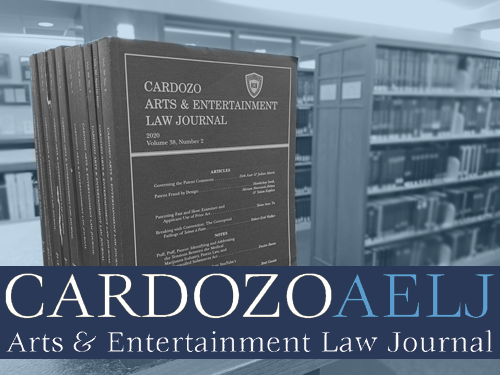Document Type
Article
Publication Date
2-10-2014
Graduation Year
2013
Abstract
When portrait photographer Patrick Cariou saw that his original photos of Jamaican Rastafarians had been used by renowned appropriation artist Richard Prince in a collage series called “Canal Zone”—sales of which grossed Prince close to $11 million—Cariou sued for copyright infringement in the Southern District of New York. The decision was held in Cariou’s favor and was blasted by commentators as “frightening,” “[k]afkaesque,” and “untenable.” Much of that criticism wasn’t aimed at the court’s rejection of appropriation as fair use, but rather at its authorized remedy: to “deliver up for impounding, destruction, or other disposition, as Plaintiff determines,” all unsold works from the “Canal Zone” series. The legal status of appropriation art in the Second Circuit has long been a matter of some ambiguity. The Second Circuit subsequently reversed and remanded the majority decision, and in the process unleashed a revised, but largely formless fair use standard: whether the reasonable observer can detect new meaning in the work in question. The public furor surrounding the district court’s remedy may partially explain why the Second Circuit took special pains to clarify that the court-ordered destruction of Richard Prince’s art would be “improper and against the public interest.” But the truth of that statement isn’t exactly self-evident.
This post was originally published on the Cardozo Arts & Entertainment Law Journal website on February 10, 2014. The original post can be accessed via the Archived Link button above.
Recommended Citation
Enriquez, Anthony R., "Creative Destruction in Cariou v. Prince" (2014). Cardozo Arts & Entertainment Law Journal (AELJ) Blog. 34.
https://larc.cardozo.yu.edu/aelj-blog/34



